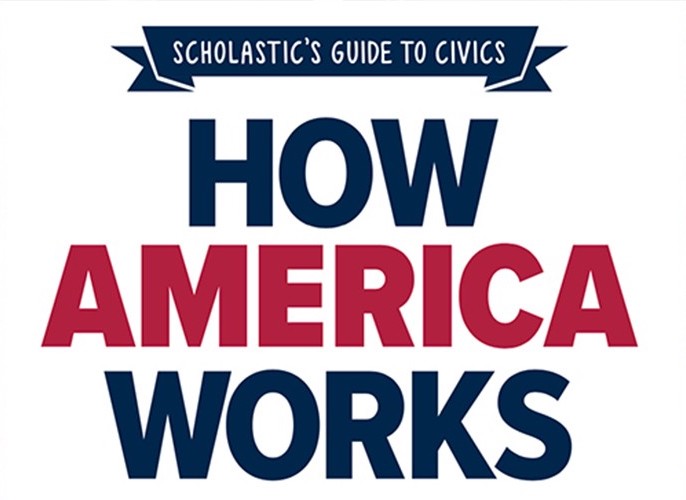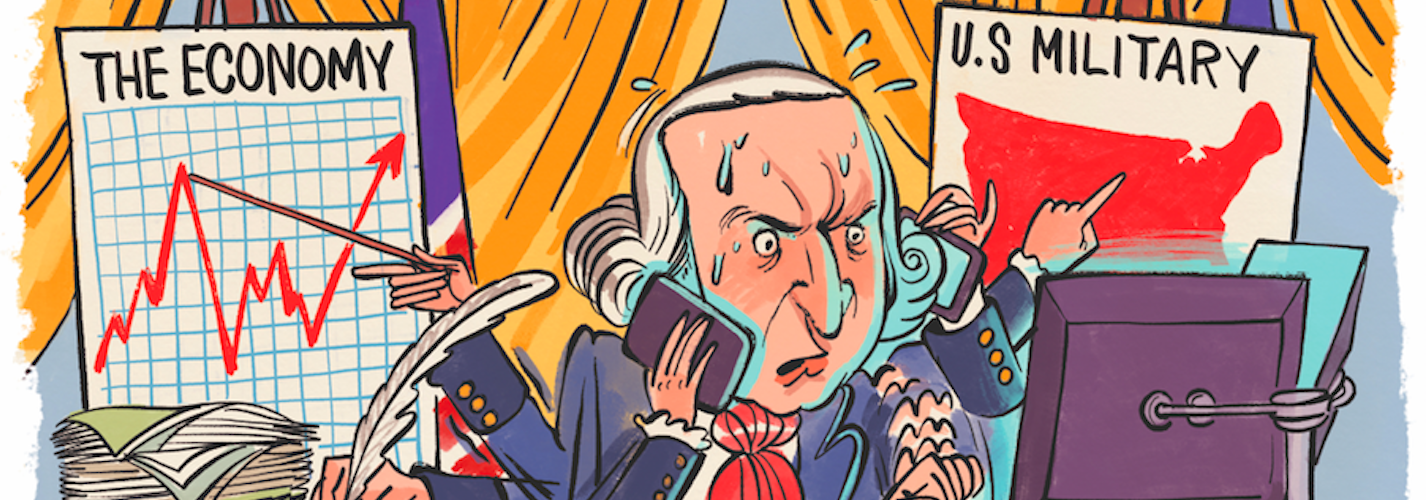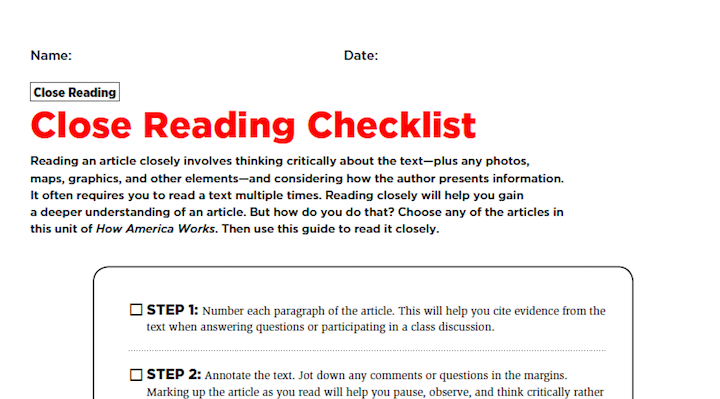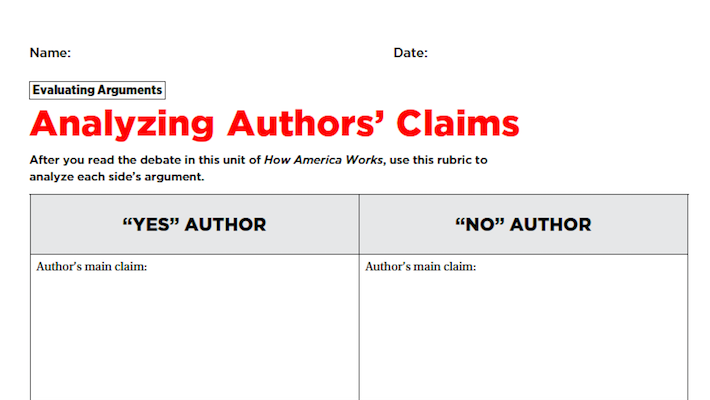Major Concepts
• As the head of the executive branch, the president has a wide range of powers and responsibilities, including serving as commander-in-chief of the military, directing the nation’s foreign policy, appointing officials to lead cabinet departments and government agencies, and overseeing the economy.
• Presidential elections are not determined by popular vote, but through a complex system outlined in the Constitution called the Electoral College.
• Like other federal officials, presidents who violate the law can be removed from office through a process known as impeachment.
Discussion Topics
1. The Electoral College has been a source of controversy in recent presidential elections (see pp. 117-119). What’s your view of the Electoral College? Should presidents be chosen by popular vote instead? What are the pros and cons of the Electoral College?
2. Presidential elections receive much more attention than other elections in America. Why do you think that’s the case? Should people pay more attention to elections for their senators and House members and state and local officials?
3. America has had 45 presidents. Which presidents do you think had the most impact—both positive and negative—on the nation? Please cite as many specific reasons as possible for each president on your list.
4. What qualities do you think a great president should have?
5. The impeachment by the House of Representatives in 2019 of President Donald Trump and his acquittal at his Senate trial in 2020 were major news stories. Did you follow the impeachment in the House and the trial in the Senate? How did your representative vote on impeachment? How did your senators vote at the President’s trial? Do you think the Senate reached the right verdict? Why or why not?
6. When you’re able to vote in your first presidential election, what will you be looking for in a candidate? What attributes do you think make someone well-suited to lead the nation?
Activity: Student-Created Campaigns
Divide the class into two groups, one representing the current president, the other representing a hypothetical opposing candidate. (If the activity is taking place during an election cycle, the actual nominees, if they’ve been chosen, should be used.)
1. RESEARCH & DEDUCE:
Have the group representing the current president create a list of 10 accomplishments to be promoted during a reelection campaign.
Ask the students to consider the perspective of the president and the president’s supporters, even if the students do not personally share their views. What has the president done that would appeal to supporters? What has the president done that might win over new voters?
Have the other group create a list of 10 campaign proposals the opposing candidate could promote.
What kinds of proposals might appeal to voters who are not supporters of the current president? What kind of proposals might win over people who voted for the current president?
2. DISCUSS:
Have a class discussion about the two student-created campaigns. Which one do students think would win in an actual election? Why?
Have the students vote on their choice of candidate and explain their choice.
Videos
Unboxing the Presidency
The presidency and the Executive Branch, one of the three branches of the federal government.
The Jobs of the President
The roles and responsibilities of the president.
How Impeachment Works
The realities and misconceptions about the impeachment process.
How the Electoral College Works
How we really elect our presidents.
Skills Library
Header image: Zohar Lazar for Scholastic Inc.





